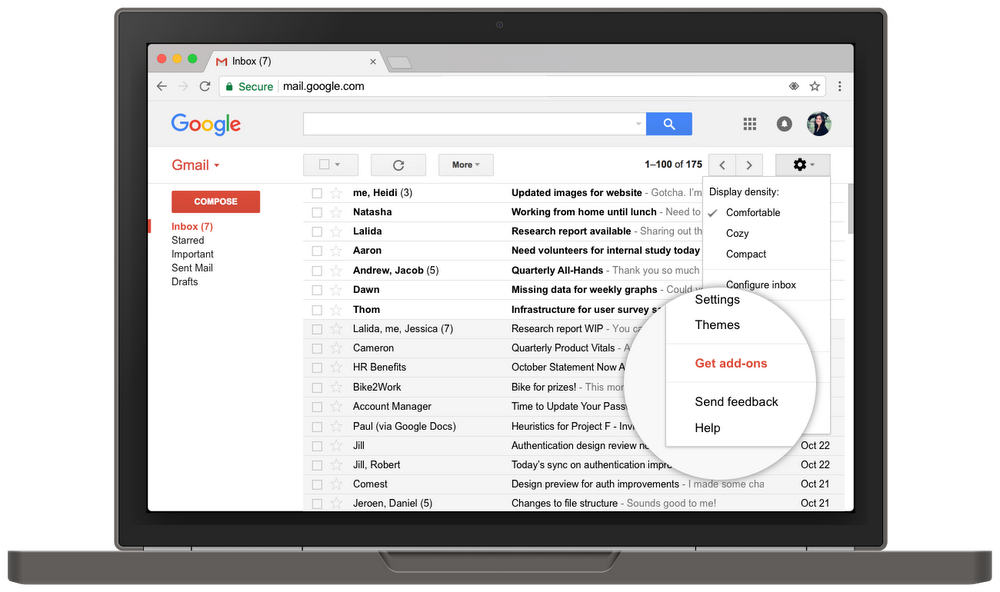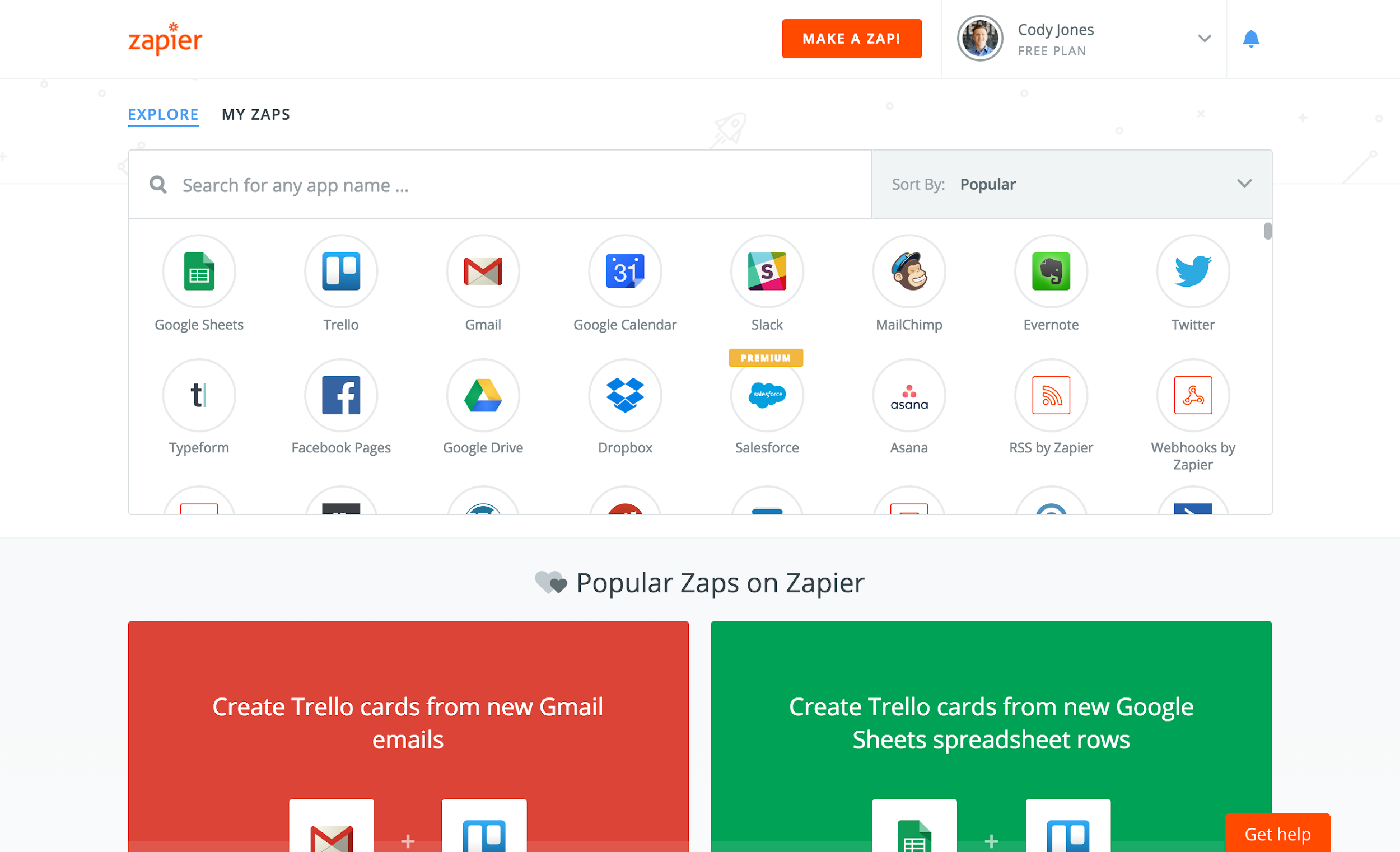How to Use Automation to Make You and Your Business More Productive
Guest Post by Erika Rykun
For most small to medium business owners, it can feel so difficult to separate work from personal life. This is because your employees have the benefit of set hours, but as a business owner, it's likely you will find yourself working way too late into the night, making sure everything is running smoothly. You need more personal time, whether it's for family, social life, or just taking a vacation, and yet you can’t seem to step away from the office.
This is where automation helps. Some of the more mundane tasks, such as email communication, invoice preparation, lead generation, conference scheduling, and more, can all be safely automated, giving you more free time. It also makes your business more productive, as you can focus on the more important things in your business, rather than those little mundane tasks.
As a small personal example, I’m dictating this article into Google Docs, using Google Voice Typing. If I were to manually type out my articles, I would become sidetracked focusing on spelling, grammar, sentence structure, and finding the perfect synonyms for various words. With voice typing, I can freely speak about a topic, which voice typing converts into a huge mess of run-on sentences and typos, but I just need to spend a little bit of time cleaning it up into what you’re reading now.
That brings me back to the point of, even if you’re automating some of the more mundane tasks, you do still need to monitor the results to make sure your automation is running smoothly (or hire a freelancer to do that for you). With that said, I’m going to show you a few ways you can integrate automation into your business workflow for increased productivity, and hopefully, more free time for you.
Email Automation and App Integration
Many SMB owners think of “email automation” as creating a few marketing leads and follow-up templates, but there’s so much deeper you can get into email automation.
If you use Gmail, for example, there are a ton of plugins that can be found simply by clicking the Settings > Get Add-ons button, which opens up an entire new world of automation. If you use any of the popular project management services, for example Trello or Asana, there are Gmail plugins that can automatically turn emails into tasks in those apps.
The Slack plugin can forward email body text to Slack chat, allowing you to quickly reply to an email from within Slack. If you send a lot of documents that require signature back and forth, the DocuSign attachment allows you to digitally sign documents from right within Gmail.
If you know your client’s business hours, and are on the other side of the world from them, why not schedule your emails to be sent first thing their morning time, so your email is at the top of their inbox? You can do that natively in Gmail for individual emails, but the Boomerang add-on can let you be a bit more complex, and set up ideal sending hours for specific clients.
Invoice Automation
Depending on your specific business type, there are numerous different ways to automate the invoice process. I can’t list all of them, so we’ll look at some common examples.
The first thing you should do is prepare a professional invoice template, especially if you’re dealing in bank wire transfers. Paypal users can simply stick to the invoice template from Paypal.
If you have recurring payment agreement with a client, it’s quite simple to just schedule recurring invoices. However, if you send invoices on a case-by-case basis, such as for specific projects, you need to be a little more creative in the automation process.
So as an example, let’s say you run a translation agency. You bill clients per translated word, but some languages cost more than others. You might bill $0.05 USD for English-Spanish, but $0.10 USD for English-Chinese. You need to calculate exactly how many words were translated, which is extremely time-consuming when you need an aggregate word count from several documents.
In such a situation, there are numerous online tools that can extract the total word count from several documents at once. You then feed this total into your invoice generation software.
That was a very simple example for a specific field, but automatic invoicing is certainly possible for many other industries. It simply boils down to figuring out the easiest way to extract the data for what you’re invoicing for, and having that data automatically sent to invoicing software for sending to the client.
Final Tips
There are so many business processes that can be automated, it’s a matter of discovering whether any business apps or SaaS (service as a software) you use can be hooked in via API to each other.
For an all in one solution that offers API hooking between many of the most popular online business apps, I recommend Zapier (no affiliation), but you can check out this list of 25 best Zapier alternatives.
Author Bio: Erika Rykun lives in Ukraine and is an ambitious SEO and outreach strategist who believes in a high-quality link building, the power of networking and white hat SEO. She is always happy to see how quality link building improves websites' positions, traffic, visibility and revenue. She loves helping people and companies grow. In her free time, she shares her thoughts on my Medium blog, reads tons of books, runs, and waits for a new GoT season. Click here to Learn more.




